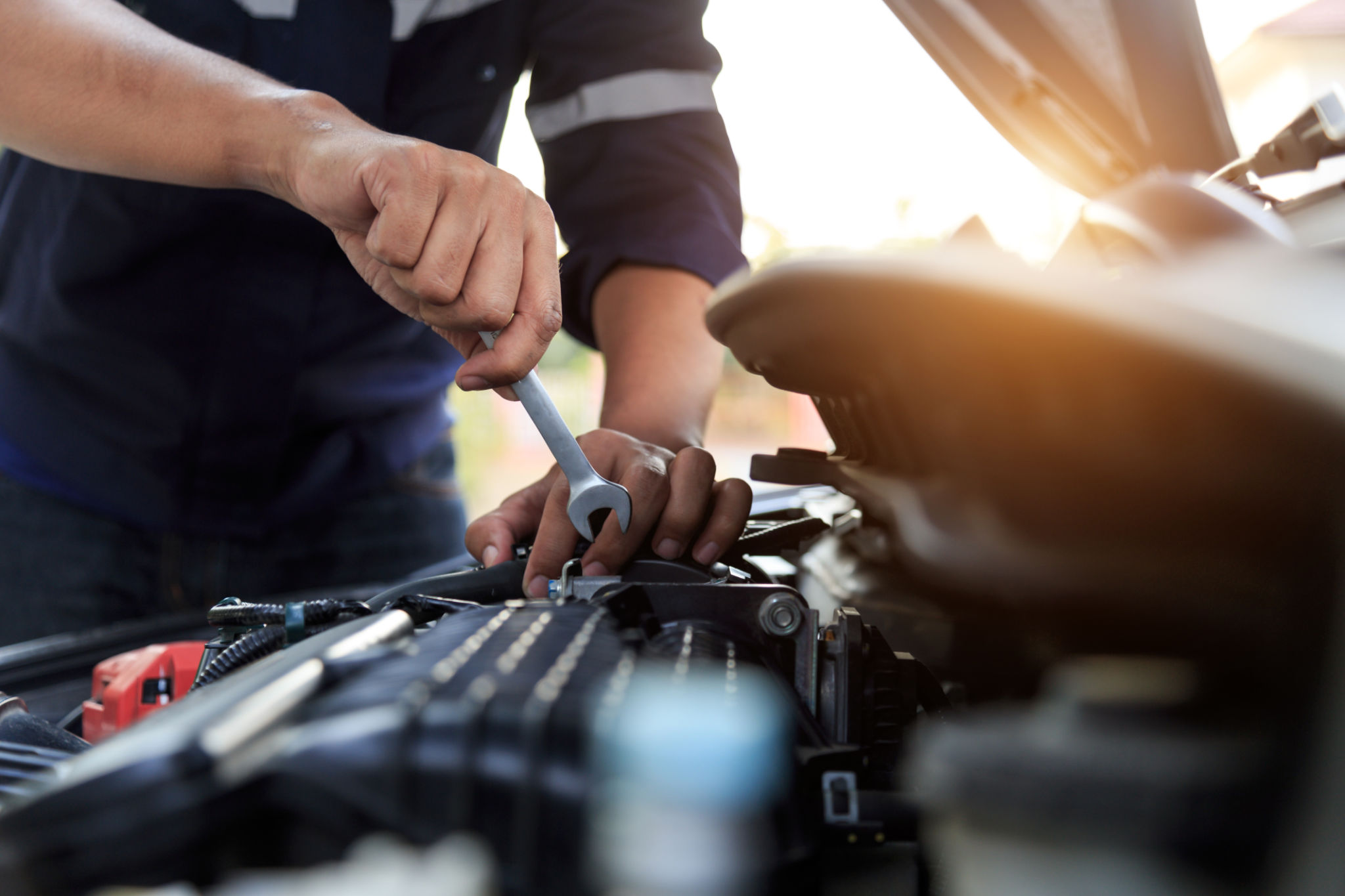Comparing Aftermarket vs. OEM Auto Parts: Which is Best for Your Car?
Understanding Aftermarket and OEM Auto Parts
When it comes to maintaining or repairing your vehicle, one of the key decisions you'll face is whether to choose aftermarket or OEM auto parts. Understanding the differences between these two options can help you make an informed choice that suits your needs and budget.
OEM, or Original Equipment Manufacturer parts, are made by the same company that manufactured the parts originally used in your car. In contrast, aftermarket parts are produced by third-party companies. Each type has its pros and cons, which we will explore further.

Advantages of OEM Auto Parts
One of the main benefits of choosing OEM parts is their guaranteed compatibility with your vehicle. Since they are made by the original manufacturer, they are designed to fit and function precisely as the original parts did. This can provide peace of mind, especially if you're concerned about maintaining your car's warranty.
Another advantage is quality assurance. OEM parts are typically subjected to rigorous testing by the manufacturer, ensuring they meet specific standards for quality and performance. Additionally, having a recognizable brand name can be reassuring for many vehicle owners.
Advantages of Aftermarket Auto Parts
Aftermarket parts offer a significant advantage in terms of cost. They are usually less expensive than OEM parts, providing a more budget-friendly option for car repairs and maintenance. This can be particularly beneficial if you own an older vehicle or if the repair costs are unexpected.

Moreover, aftermarket parts often come with a wider variety of options. You may find parts that offer enhanced features or performance capabilities not available from OEM counterparts. This diversity allows car enthusiasts to customize their vehicles according to their preferences.
Potential Drawbacks to Consider
Despite their benefits, both aftermarket and OEM parts have some drawbacks. For OEM parts, the primary concern is often the higher cost. These parts can be significantly more expensive, which might not be justifiable for every repair job or vehicle owner.
On the other hand, aftermarket parts can vary widely in quality. While some are excellent and even outperform OEM parts, others may be subpar. It's crucial to research and choose reputable brands when opting for aftermarket components.

Making the Right Choice for Your Vehicle
The decision between aftermarket and OEM parts ultimately depends on several factors including your budget, the specific part needed, and your personal preferences regarding quality and performance. If maintaining the original specifications and warranty of your car is a priority, OEM might be your best bet.
Conversely, if cost savings and customization are more important to you, aftermarket parts could be a better choice. It's also worth consulting with a trusted mechanic or automotive expert who can provide further insights based on your vehicle's specific needs.
Conclusion
In conclusion, both aftermarket and OEM auto parts have their distinct advantages and disadvantages. By understanding these differences, you can make a more informed decision that aligns with your automotive needs and financial considerations. Whether you're seeking reliability or cost-effectiveness, there's an option that will suit your vehicle and lifestyle perfectly.